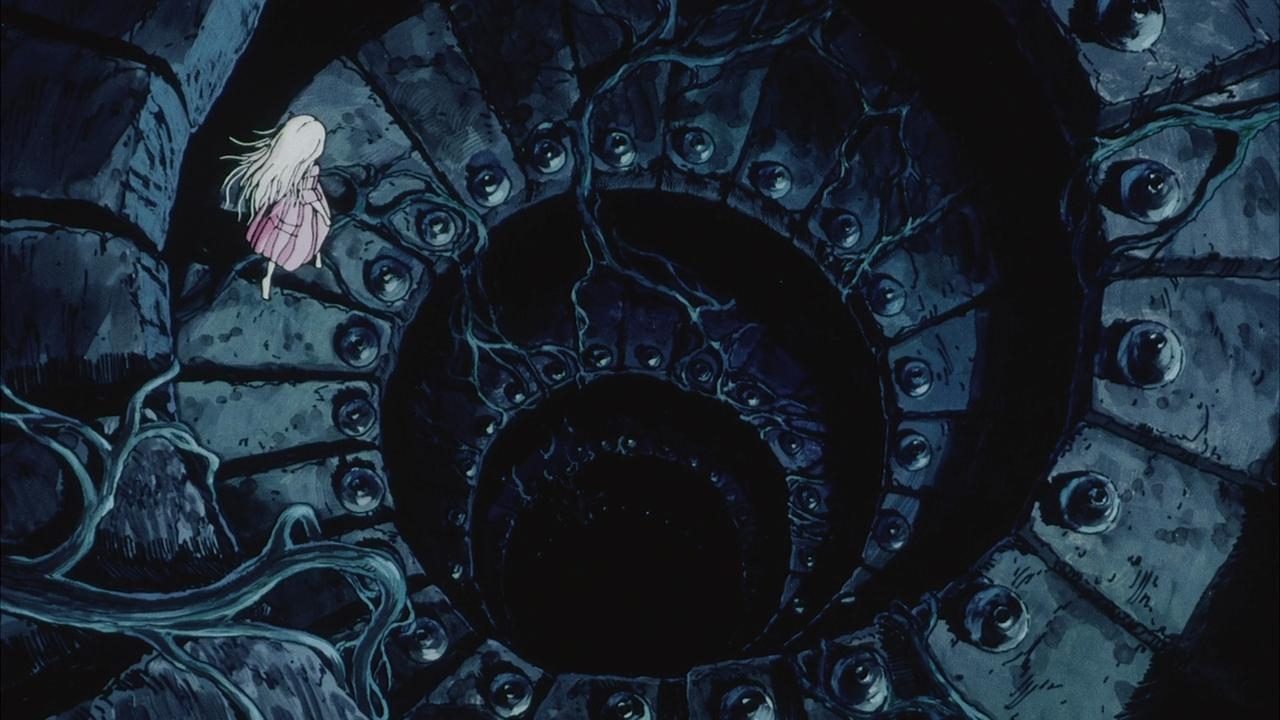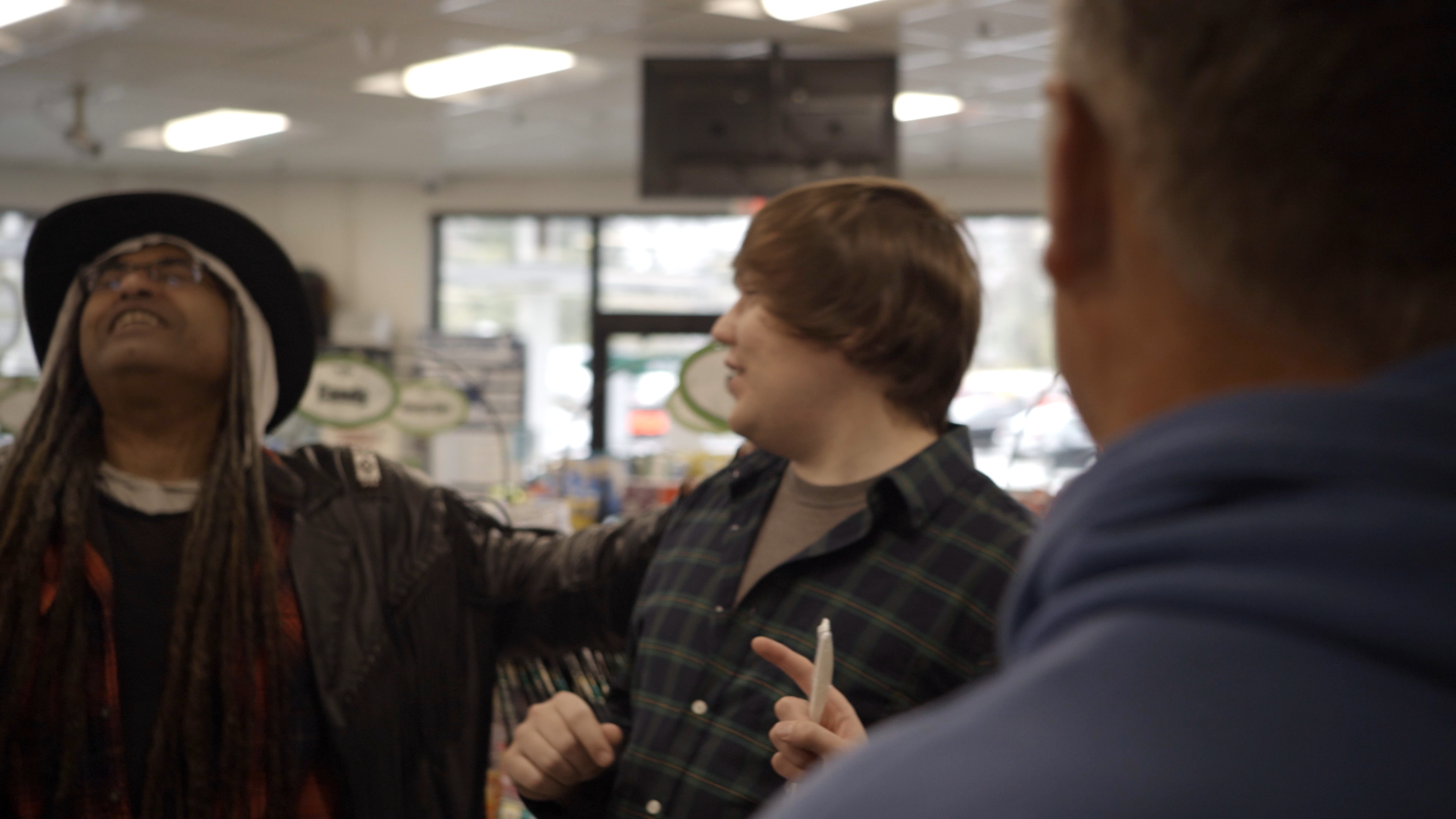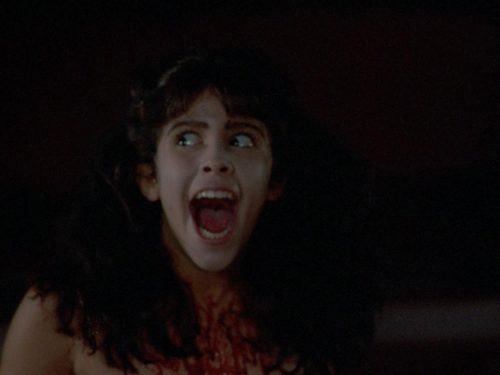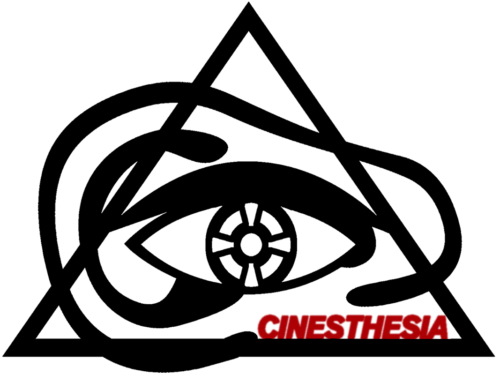These creepy animated features from around the world highlight the medium’s ability to unsettle us in a multitude of ways
This eclectic mix of eerie, creepy, or gothic-themed animation runs the gamut from seminal experimental work, adaptations of classic literature, grotesque social realism, and swashbuckling Anime Vampire Hunters. These works also hail from multiple decades and reflect the international diversity of the medium: where classic Los Angeles studios stand beside Japanese animation giants, iconic experimenters from Czechoslovakia, and independent artists from Norristown, Pennsylvania. While few of these films might qualify under the horror genre, they will hopefully scratch that seasonal itch for macabre viewing.
Spook Sport (Ted Nemeth, Mary Ellen Bute, Norman McLaren, 1940)
Spook Sport is a seminal work of experimental animation, helmed by Mary Ellen Bute and supported by legendary filmmaker Norman McLaren. Fuzzy, abstract spirits and ghouls dance hypnotically to the tune of “Danse Macabre.” The film is a staple of early abstract animation, and while certainly not creepy, it does channel that Halloween energy.
The Tell-Tale Heart (Ted Parmelee, UPA, 1953)
United Productions of America was an animation studio known for creating conventional Saturday morning cartoons like Mr. Magoo. Considering their history, this adaptation of the classic Poe tale is completely out of left field. It is creepy, often abstract, and the demented mind of the protagonist comes through vividly with James Mason’s impeccable voice over.
Angel’s Egg (Mamoru Oshii, 1985)
From Mamoru Oshii, the director who would gain international acclaim with Ghost in the Shell in 1995, Angel’s Egg was certainly a challenge for audiences upon its release. Initially panned, and later praised, the film is designed as a non-narrative succession of tense moments. Set in a barren dystopian landscape, Oshii attempted to inject all his sorrow, desperation, and desolation into the film to channel his own existential crisis upon losing his faith.
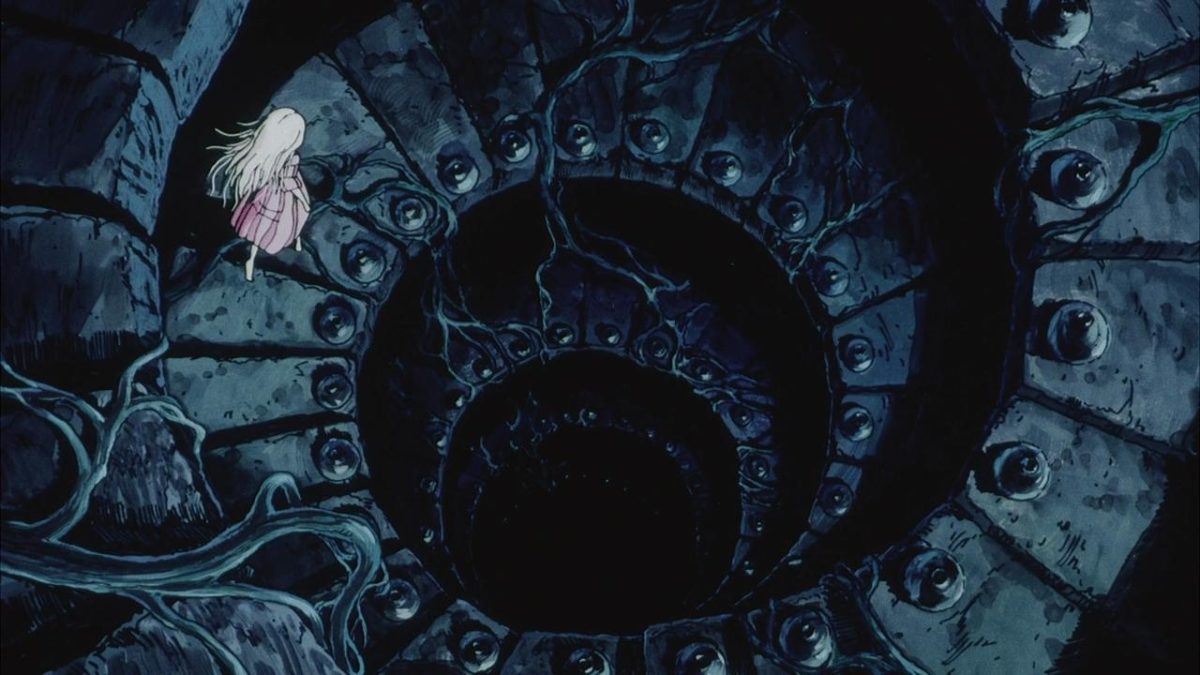
Street of Crocodiles (The Brothers Quay, 1986)
Films from the Brothers Quay are classic examples of creepy stop-motion animation. Street of Crocodiles especially seems to be covered in a coating of grime, where every object in frame looks sharp and dangerous. The film epitomizes the eerie and sometimes brutal allure of their intricately crafted style, set within these witty and claustrophobic spaces.
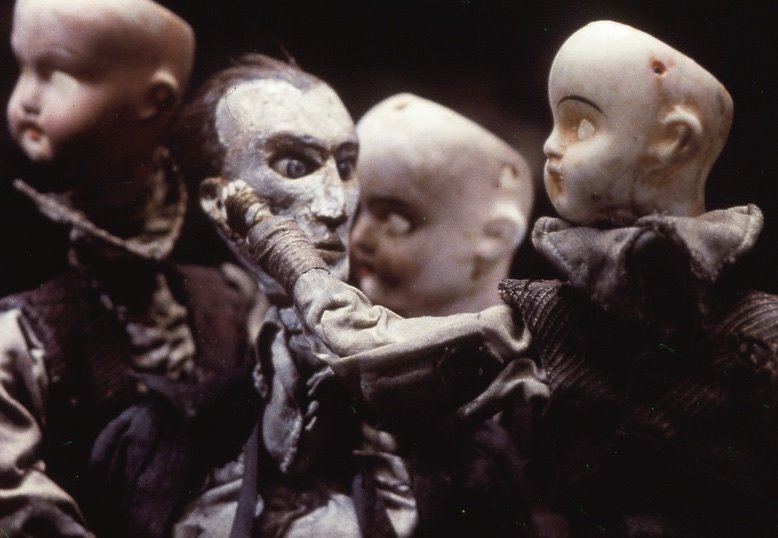
Stream Street of Crocodiles here.
Alice (Jan Švankmajer, 1988)
A huge influence on The Brothers Quay (see The Cabinet of Jan Švankmajer), Švankmajer is another pillar of stop-motion animation history. His film Alice, an adaptation of Lewis Carroll’s famed Alice’s Adventures in Wonderland, is a bizarre, surreal, hilarious, and gothic take on its classic source material.

Vampire Hunter D Bloodlust (Yoshiaki Kawajiri, 2000)
A half-vampire, half-human vampire hunter battles with the forces of evil in a sci-fi/fantasy post apocalypse. The art design is alluring, dark, detailed, and offsets the often cliche narrative. The film is pure Halloween fun, swimming in classic tropes of Bram Stoker energized with futuristic cybernetics.
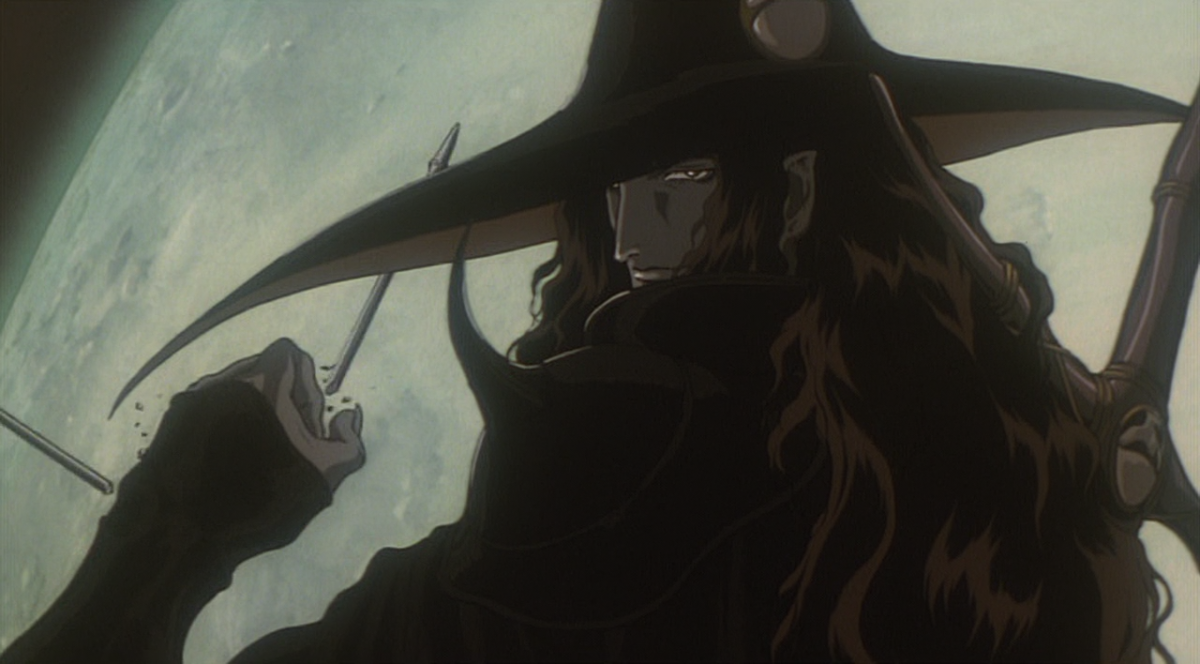
Visitation (Suzan Pitt, 2011)
Suzan Pitt is a definitive experimental animator, and her film Visitation vividly channels the darker corners of the subconscious mind. A cruel-sounding voiceover matches the grotesque animation style, with lines like, “My mood at the time had served to aggravate those deeply inhuman and most terrible beings when they came with total abandonment from where they had lurked amongst the stones and wet woods.”
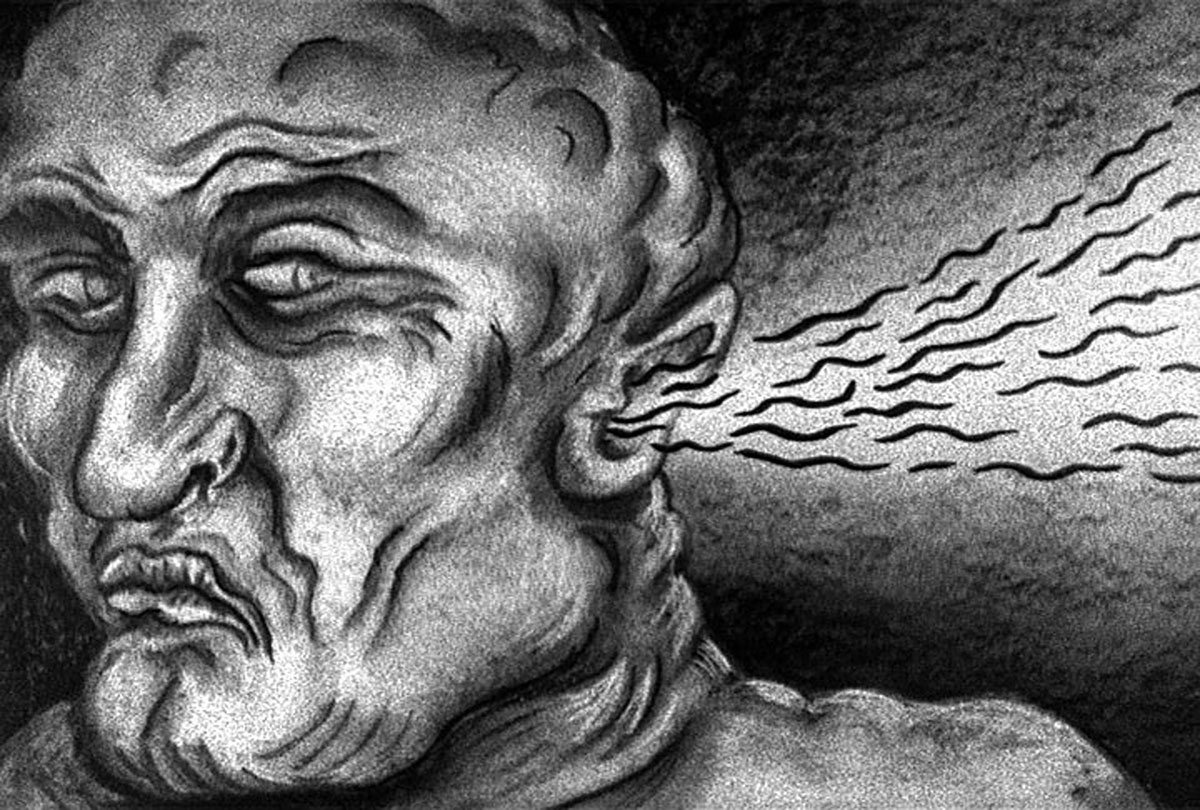
Arbor (Janie Geiser, 2012)
Arbor is a standout film in experimental filmmaker Janie Geiser’s powerful Nervous Series. She used a collection of found photographs to create an unsettling, ghostly collage. Arbor is an uneasy trek through memories that seem to be forgotten or erased as quickly as they are remembered. The short is a powerful, lingering experience, and a sharp evocation of emotional atmosphere.
Stream Arbor here
Read our 2020 interview with Janie Geiser here
Consuming Spirits (Chris Sullivan, 2012)
Through Consuming Spirits, Chris Sullivan crafted the perfect equilibrium between two vastly different animation styles. The film is centered around a decaying Rust Belt Town, with a heartbreaking set of down-on-their-luck characters. Present time is depicted through grotesquely painted stop-motion paper cutouts, which ooze a vivid social realism. The past is embodied through detailed 2D pencil animation that flows smoothly across the frame. These two styles are so different in their execution and feeling, but coexist masterfully within the film.
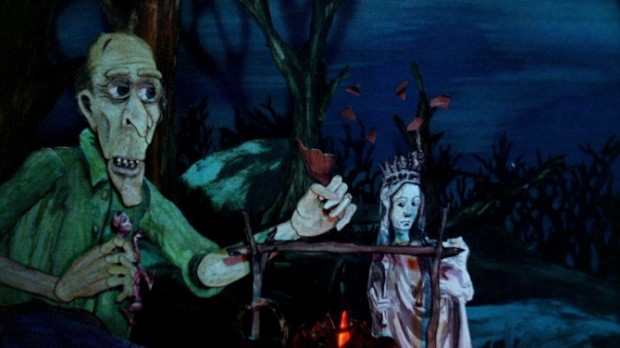
Stream Consuming Spirits here
Read our 2020 interview with Chris Sullivan here
Un Diable dans la Poche (Mathilde Loubes, Antoine Bonnet, 2019)
Un Diable dans la Poche is meant to be as inviting as possible, using the soft sugary mask of children’s literature to lure the audience into a nightmare of boiling violence. The contrast delivers a feeling of anxiety, where a cadre of children are charged with covering up a brutal murder. I also interviewed the directors of this film for their screening at the 2020 Flickers’ Rhode Island International Film Festival.
Find more October Horror 2020 here:
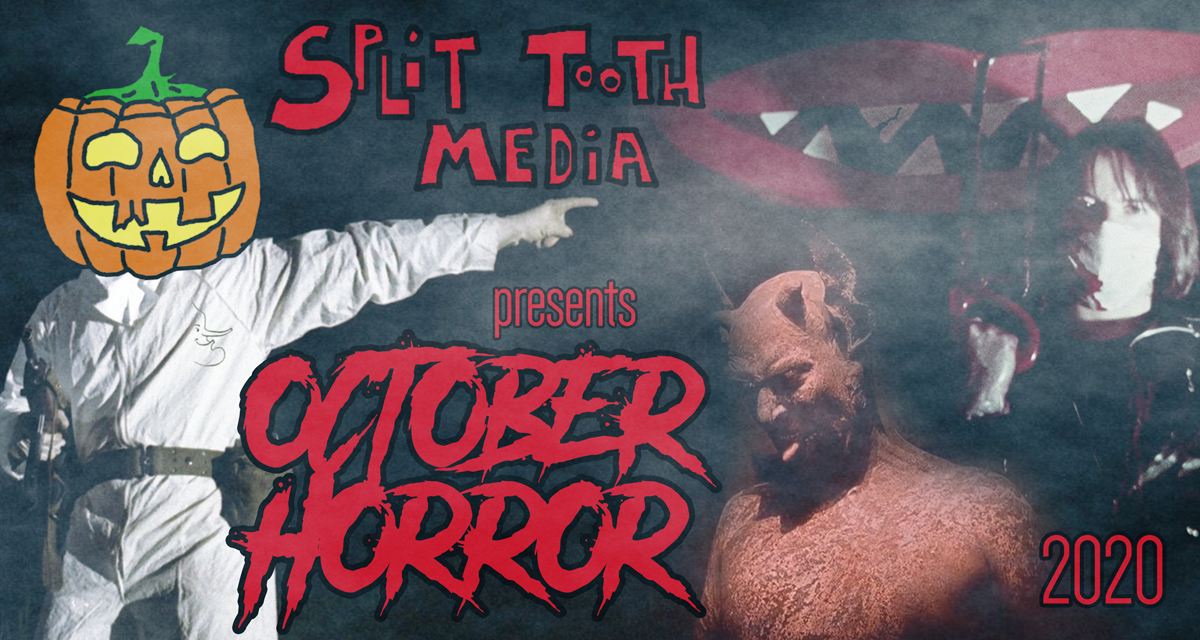
(Split Tooth may earn a commission from purchases made through affiliate links on our site.)

